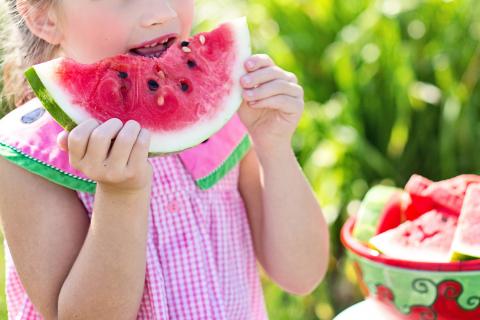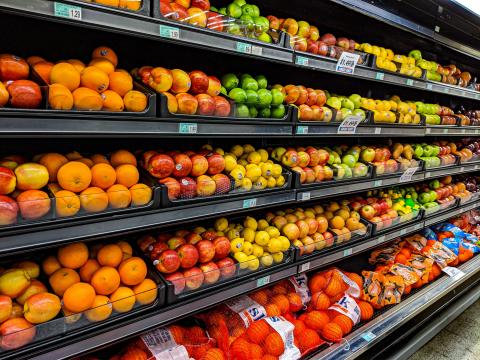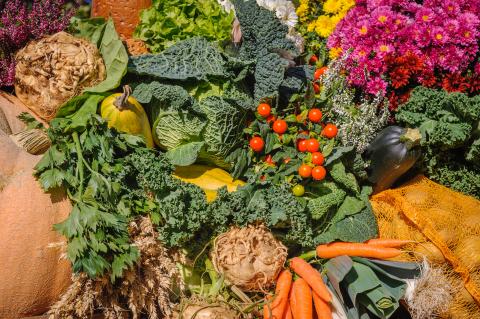Yogurt: how affordable are the healthiest options?
The Kid’s Food Guarantee
The Kid’s Food Guarantee is a set of actions which we think supermarkets should have in place as a minimum if we are to effectively tackle rising levels of food insecurity. These are actions that citizens have told us they are eager to see, and which align with existing areas of focus for food retailers.
Why yogurt?
Yogurt is a staple item for many families. It provides a valuable source of calcium for young children and is a food that caregivers and parents are often likely to give their children in the belief that it is a relatively healthy option. Many yogurts are, however, high in sugar - with yogurt one of the ten main categories contributing to children’s sugar intakes.
When we surveyed low income households with children in January, 79% told us they’d like to see retailers make the healthiest children's yogurts the most affordable.
What did we do?
To monitor this Guarantee area we worked with Questionmark Foundation, an international non-profit think tank, to look at available yogurts, their price, and nutritional information for the largest five major UK retailers: Aldi, ASDA, Morrisons, Sainsbury’s and Tesco. Data was collected for the period 18th to 24th April 2023.
We looked at all single portion yogurt pots of 200g or less – these might be sold as individual pots or as multiple individual pot packs. Packaged single portion pots were selected to provide a reflection of how citizens shop and snack. Larger pots also come with a higher upfront cost. We used broad inclusion criteria to accurately reflect the range of yogurts available in retailers. We included both plain and flavoured yogurts, those with and without children's figures on the packaging, and both animal-based and plant-based products. We excluded yogurt drinks (e.g. in pouches). Our final sample included 352 yogurts in total, and 284 yogurts when duplicate brands sold across multiple retailers were removed. We assessed price per pot rather than price per 100g to provide a more realistic indication of how citizens consume single pot yogurts (i.e. you don’t consume 100g of yogurt, you consume a pot).
To assess the nutrition profile of the yogurts in scope we looked at the sugar content of yogurt per 100g. The Nutrition Profiling Model (NPM) takes a broader range of nutrients into account in order to calculate a score and marks down products that are high in fat. Given that fat is a key nutrient for young children, and that many dairy products are naturally high in fat, we focused on the sugar content only for this product. In future, when we analyse other product categories, it will likely be more appropriate to use the NPM to assess the nutritional content.
We used the upper limit of total daily (free) sugar intake recommended for children as our guide for assessing sugar levels. For children aged 7-10 this is 24g, equivalent to 6 cubes of sugar. For children aged 4-6 it is 19g, equivalent to 5 cubes of sugar. 4g of sugar is equivalent to a teaspoon or cube of sugar, with 1 cube of sugar (3.8g) per 100g contained in each yogurt derived from naturally occurring milk sugars.
We will be running the same analysis again at monthly intervals to assess where progress is being made. For further details on the methodology used in the Kid’s Food Guarantee and our inclusion and exclusion criteria, read our technical report.
What does good look like?
Ideally the cheapest yogurts would be those with the best health profile, low in sugar and low in price. This would support families to access healthy and affordable staple products, so they do not end up with cheaper products which are less healthy.
What did we find?
Overall sugar levels in yogurts
The cost of the single portion yogurt pots in our sample ranged from just 7p to £1.90.
How affordable are the lowest sugar options?
These are all retailer own-brand products. Tesco offer the best value for the lowest sugar content.
What do we want to see?
Low cost, unsweetened yogurts more readily available, and a shift towards a higher proportion of lower sugar yogurts in the category overall.
What next?
We will be rerunning this analysis on a monthly basis to see whether supermarkets are making any changes in the pricing structure and availability of yogurts on offer for families.






